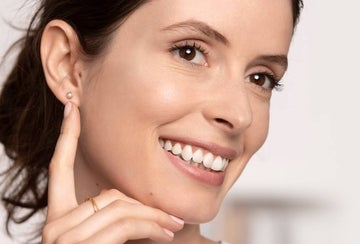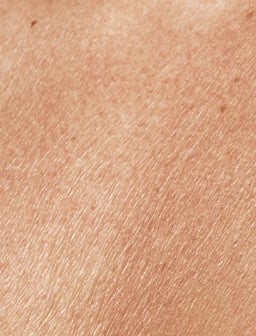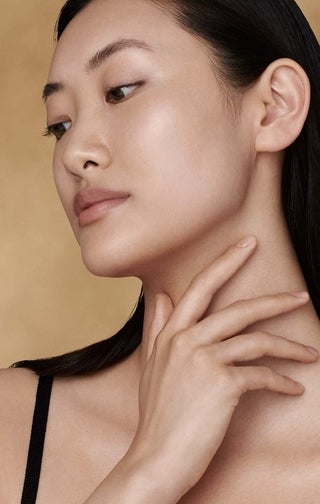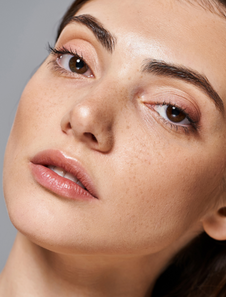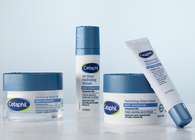Dry skin treatments with Restylane® SKINBOOSTERS™
Restylane® SKINBOOSTERS™ is the original and only hyaluronic acid treatment clinically proven to enhance six key aspects of skin quality while providing deep hydration – with results that last up to 15 months.3–15*
For the face
Restylane® SKINBOOSTERS™ immediately delivers deep hydration from within for naturally and noticeably improved skin quality that lasts.11-18Learn More
For the neck
Restylane® SKINBOOSTERS™ VITAL LIGHT is well suited for treating thinner, more delicate areas to achieve smooth, younger-looking skin.6-9,11,14,15,20-21 Learn More
For the decolletage
Restylane® SKINBOOSTERS™ acts fast to deliver deep hydration and give immediate and visible improvements in skin quality and tone evenness by reducing pigmentation and age spots.3-4,6,11,12Learn More
For the hands
After treatment with Restylane® SKINBOOSTERS™ in the hands, skin smoothness was significantly improved, with results maintained over 15 months.11*† Learn More


